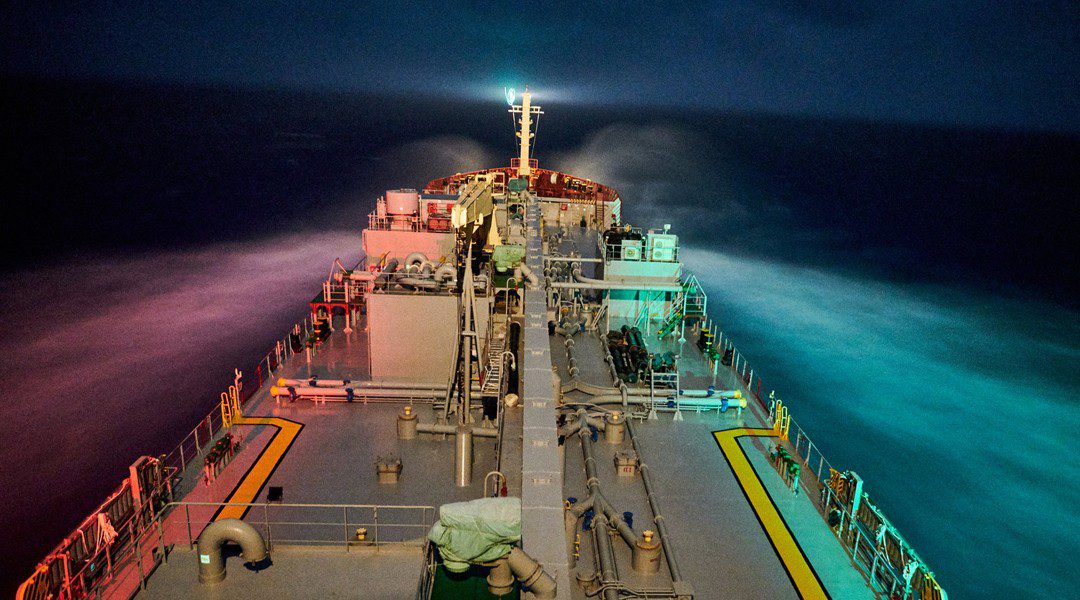The International Energy Agency on Aug. 11 hiked its 2022 oil demand growth estimate by 380,000 b/d to 2.1 million b/d, citing “soaring” oil use in power generation and gas-to-oil switching in industry as a result of surging gas prices.
The IEA’s unusually large revision in its latest monthly oil market report — following a cut in its growth estimate in its previous report — reflects “extraordinary” increases in Europe and the Middle East, particularly Iraq and Saudi Arabia, although it added the revision masked weakness in some sectors and growth almost peters out as the year advances, with demand growing just 40,000 b/d year-on-year in the fourth quarter.
The IEA kept its 2023 oil demand growth estimate unchanged at 2.1 million b/d, with 2023 demand now set at 101.8 million b/d, up from 101.3 million b/d in the previous report.
In line with the growth revision, the IEA also raised its estimates of the “call” for OPEC-plus crude for each quarter of 2022, with a full-year upward revision of 700,000 b/d, while lowering its 2023 estimates.
“A looming natural gas crunch in Europe is already incentivizing substantial gas-to-oil demand substitution,” the IEA said, suggesting the situation could persist until at least the end of 2023.
“EU members have committed to reducing their demand for gas by 15% from August 2022 to March 2023. We estimate that this will increase oil consumption by roughly 300,000 b/d for the next six quarters.”
“Oil products are not an alternative for most household consumers. Nonetheless, industrial consumers, particularly refiners, can replace a great deal of gas use with oil,” the IEA added, estimating such switching would boost fuel oil demand by 150,000 b/d and gasoil demand by 140,000 b/d.
Maintenance comeback
On the supply side, world oil output reached a post-pandemic high of 100.5 million b/d in July, largely on the back of production returning from maintenance in Canada, Kazakhstan and the North Sea, the IEA said, going on to estimate production would rise by another 1 million b/d by the end of the year.
On Russia, the IEA raised its production estimate for the second half of the year by 500,000 b/d on signs of sanctions being more limited in their impact than expected as flows are redirected to non-sanctioning countries. It noted expectations of sanctions biting more deeply later in the year, with an EU embargo due to take effect in December, but also discussion among some politicians of possible moves to soften sanctions.






